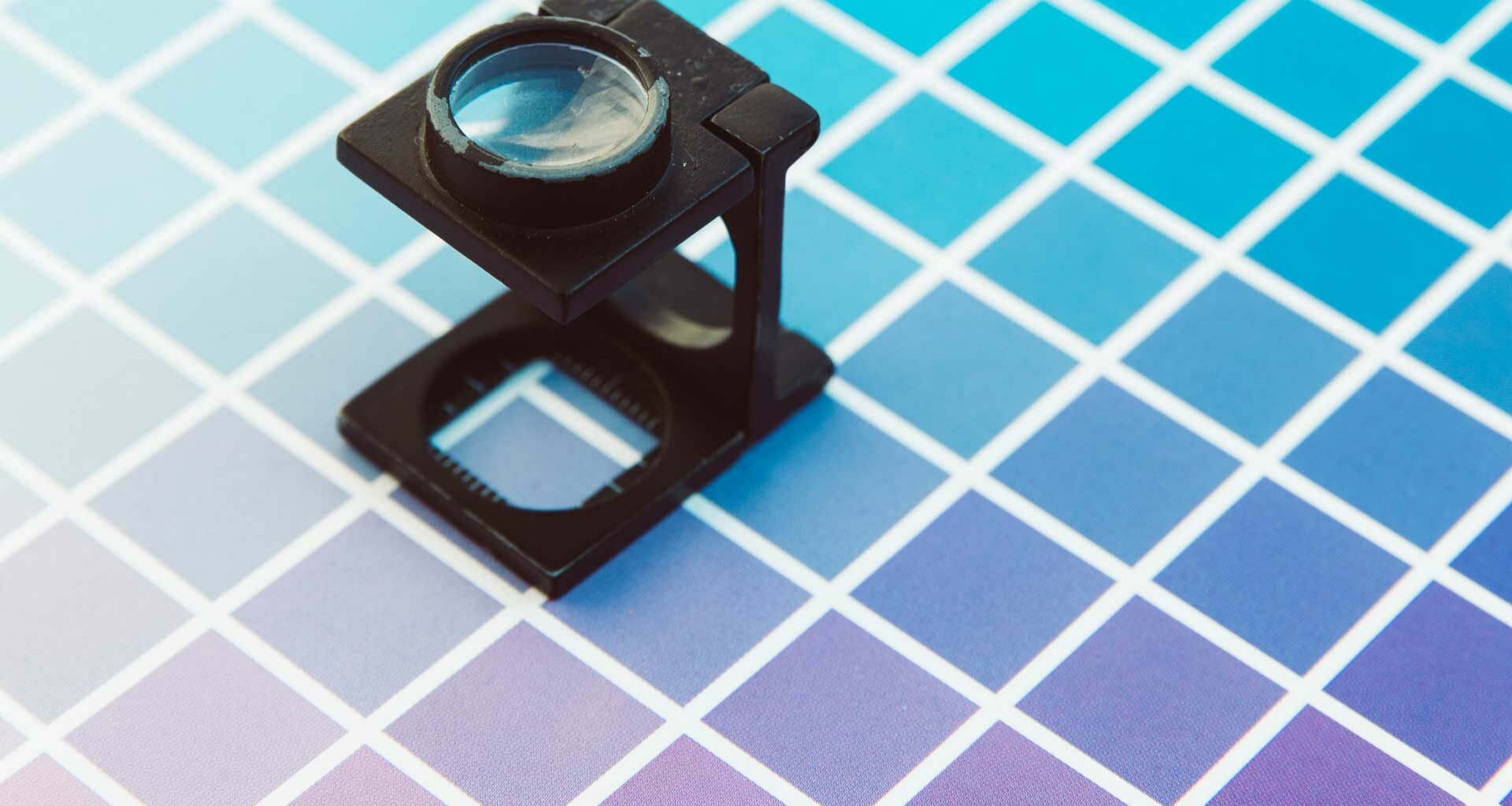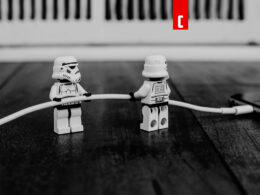It was a proud moment when I earned my title as Experience Designer after earning my Master’s degree. I focused on an upward career trajectory, putting my passion for creating excellent user experiences first. I listened to business and customer needs to build out seamless experiences capable of increasing user satisfaction. I attended stakeholder alignment meetings, focus groups, ate at my desk to respond to every Slack and email message within minutes. I soaked myself in my work, reveling in the non-stop hamster wheel that fed my day-to-day stamina.
But then, like many before me, I began to question how I do it, why I do it and if I’m doing it the right way.
By Su Hyun Kim
As a designer, my job is to serve as a gatekeeper, opening the door to let beauty and stories into people’s minds. Or, at least that was how I had envisioned the job. Yet, somewhere along the way, I stopped people from processing the beauty and storytelling. The Universal design brief became “make people consume information as quickly as possible.” Efficiency was a nice euphemism. With modern digital development requiring efficient design solutions that can be built fast, my job became creating flat UIs that are quick to hit, user flows that drive toward fast purchasing, and mindless scroll behaviors that minimize drop-offs.
When speed is of the essence, and faster is always better, can human emotions process what is happening at all? When did our objective, as user experience designers, change? And more importantly, how have we changed the behavior of everyone using the digital experiences we’ve created?
COVID-19 pandemic has shown us what a “slow” world looks like.
When faced with adversity of social distancing, people have found art and cooking to take “pause” in their anxious minds in isolation. Even when we return to normalcy, I’d like us to continue taking things slowly. Designers, let’s help people pause. Let’s use our skills to insert conscious breathers into our work. Our job is to grasp the entire ecosystem and understand where we can enhance individuals’ lives. We often tell each other that we’re not saving lives with our work, that our jobs aren’t “serious.” But our work can have a serious and meaningful impact on people. We can mitigate risks before crises because we design everyday things that delight, engage and exercise the human brain.
We are not robots.
Emotion is a uniquely human trait that sets us part from even the best AI. However, we have designed our life to deplete emotions. The ubiquitous “like” buttons and one-tap methods intended to express thoughts and feelings discourage us from exercising the frontal lobes of our brains — the part that controls critical cognitive skills in humans. This part of the brain helps our minds connect with our hearts, and it develops based on how we use it. Without ample opportunities to exercise our brains, our mental acuity is damaged, and maybe even our personalities.
So was my fulfilling career delaying human brain development? Protecting and improving users’ mental acuity was never a KPI of a successful project. But how can we, as UX designers, use our skills for good? One crucial role of an experience designer is being a listener to both brands and their customers. After listening to both sides, we can come up with a creative solution, which can be executed through compelling storytelling that affects and engages our heart and brain.
The Cincinnati Zoo provides an excellent example of how an organization builds relationships with customers through storytelling. The Cincinnati Zoo actively started using its digital channels to tell the story of their animals and workers when Fiona, a baby hippopotamus, was born prematurely in 2017. People around the globe embarked on a journey to follow her story, rooting for her to survive. The experience journey went like this: a fan of Fiona’s could check on Fiona’s condition via Cincinnati Zoo Facebook and Instagram pages. From there, the fan would be compelled to donate online — some fans went as far as to visit Fiona in person at the zoo, because they were able to develop an emotional relationship with her through the zoo’s episodic feature. By sharing Fiona’s story the zoo created a way for people to become deeply invested in their mission, because they were able to bridge empathy with direct action. The zoo is still using all it’s digital channels to build deeper connections with its audience during this ‘stay at home’ time. The Cincinnati zoo listened to its fans and created a meaningful conversation for both the zoo and its viewers.
The Future of XD is Bright.
We can be in business and still feel good while doing good. The long hours and endless meetings are worth it. One step forward toward doing good is being honest with our clients. Instead of being a “yes-man”, have a transparent conversation with your client or your boss about what their customers are going through — why it will be a huge miss if they only focus on sales over customers’ needs. Help them find their authentic goals, and they will be surprised to see how their customers respond.
I see value in designing experiences that offer users the opportunity to take their time, connect the dots, and surface the right information to support and empower themselves and their communities. As designers we must create business efficiencies, while at the same time, allow tears to run down on our cheeks, feel, and appreciate the world we live in.
This article originally appeared in uxdesign.cc. Photo by Markus Spiske on Unsplash.











